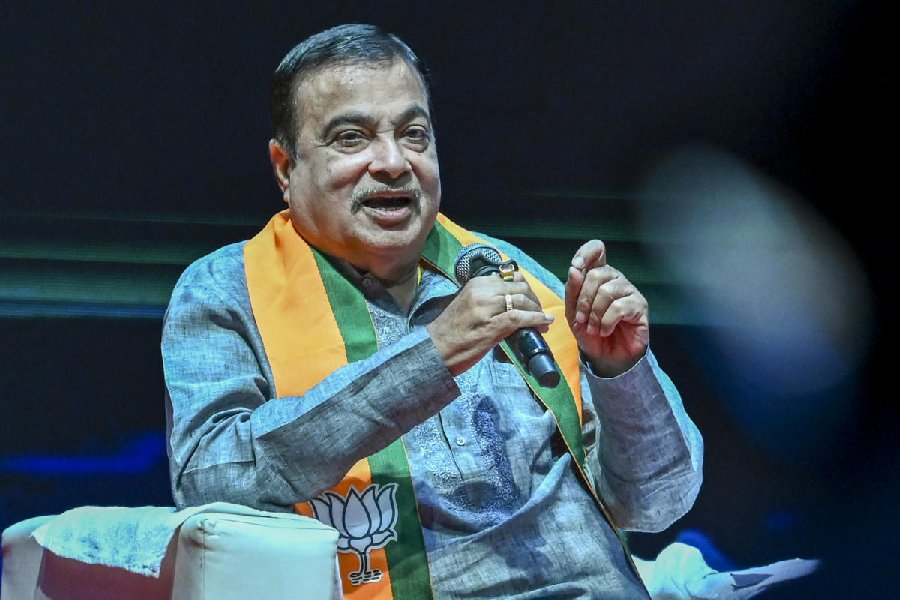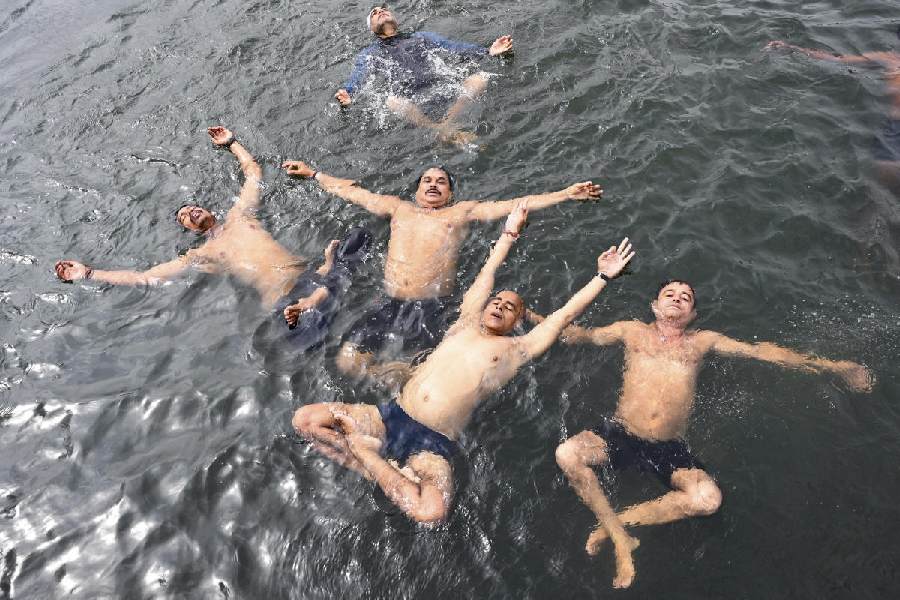'It was Champaran that introduced me to India,' Mahatma Gandhi wrote in one of his letters to Mirabehn in 1921.
On January 9, 1915, Mahatma Gandhi returned to India from South Africa, landed at the Apollo Port in Mumbai and eventually led the non-violent freedom struggle thereafter.
Noted Patna-based Gandhian Razi Ahmad states that following Gandhi's arrival in India in 1915, his 'political guru' Gopal Krishna Gokhale suggested that he travel across the country to gauge the prevailing mood in his homeland.
'It was during the first meeting of the Congress at Lucknow in 1916 that several leaders from Bihar pursued him to start a movement against atrocities on farmers in Champaran. Gandhi assured them that he would visit Champaran and it is in this regard that he arrived for the first time in Patna on April 10, 1917,' said Razi.
According to Razi, during his first visit, Gandhi stayed at the house of Maulana Mazharul Haque, who was a barrister, at Fraser Road near Akashvani office. Over the next three decades, Gandhi was a frequent visitor to Bihar. From his first Satyagraha movement in Champaran to civil disobedience, Gandhi criss-crossed the state repeatedly.
On the eve of the centenary celebration of Gandhi's return to India, The Telegraph highlights the present status of a few places in Patna closely associated with Gandhi.
Bihar Vidyapeeth

Mahatma Gandhi had laid the foundation stone of Bihar Vidyapeeth on February 6, 1921, as an initiative under civil disobedience movement to boycott British-run government institutions. The institution, which imparted education in the field of science, arts, small-scale industrial works like weaving and stitching among others, is dysfunctional since the '50s.
Deliberating on the origin of Bihar Vidyapeeth, Sheo Bansh Pandey, the finance secretary of the institution, said: 'Following the civil disobedience movement, which started in 1920, a total of 111 engineering students came with Mazharul Haque at Sadaquat Ashram. It was then thought that an institution should be established to impart education to those engineering students and many others, who were leaving schools and colleges run by the British. Accordingly, Haque gave a small piece of land owned by him at Sadaquat Ashram and that is where Mahatma Gandhi laid the foundation of Bihar Vidyapeeth in 1921.'
Pandey said a four-storeyed building has recently been constructed at the said premises utilising funds to the tune of Rs 3 crore, which came from the central government. 'We are also planning to start a skill-development centre from the old building at Bihar Vidyapeeth,' said Pandey.
Gandhi Sangrahalaya

It was established in 1967 as a unit of the Central Gandhi Sangrahalaya Samiti till July 1971. However, it became an autonomous and a self-governing institution thereafter.
All the major events in the life of Mahatma Gandhi have been saved here. There is also a section containing a dozen photographs of his childhood and many rare pictures depicting various phases of Mahatma Gandhi from his childhood days until being taken to the crematorium. A replica of his room is also placed in the hall.
On the occasion of the centenary celebration of his return to India, Gandhi Sangrahalaya is organising a day-long seminar on Friday, which would be inaugurated by state agriculture minister Narendra Singh.
Gandhi Shivir

Starting March 5, 1947, Gandhi had stayed here for two months and 22 days. Gandhian Razi Ahmad said it was because of communal riots in Bihar in 1947 that Gandhi stayed in Patna, particularly at Gandhi Shivir inside AN Sinha Institute.
As the years passed by, the Shivir was completely ignored by the authorities and lay in a shambles over the past couple of decades. However, the state archaeology directorate took up its restoration works around six months ago. The work is being executed by Bihar State Building Construction Corporation Limited under the supervision of Bihar Heritage Development Society. Sources said once restored, a centre to impart studies on peace and non-violence ideologies of Gandhi would be started at Gandhi Shivir.
Gandhi Maidan

During his visits to Patna between April 10, 1917 and August 9, 1947, Gandhi used to hold his Prarthana Sabha (prayer meet) everyday in the evening at Gandhi Maidan. 'He used to walk down from the nearby Gandhi Shivir in the evening, and sit exactly at the spot where his new 70ft statue has recently been erected,' said Razi.
Then Patna commissioner Metcalfe developed the current Gandhi Maidan as a huge open ground in the heart of Patna between 1813 and 1833. The government report of 1812 does not mention about the ground but its reference can be found in one of the government reports of 1824.
Gandhi Maidan was initially known as Bankipur Maidan or Doranda Singh Maidan, which might have been named after the owner of the land.
Some documents suggest the ground was also known as Race Course and Oval. But it later came to be known as the Lawn, which is at present Gandhi Maidan.



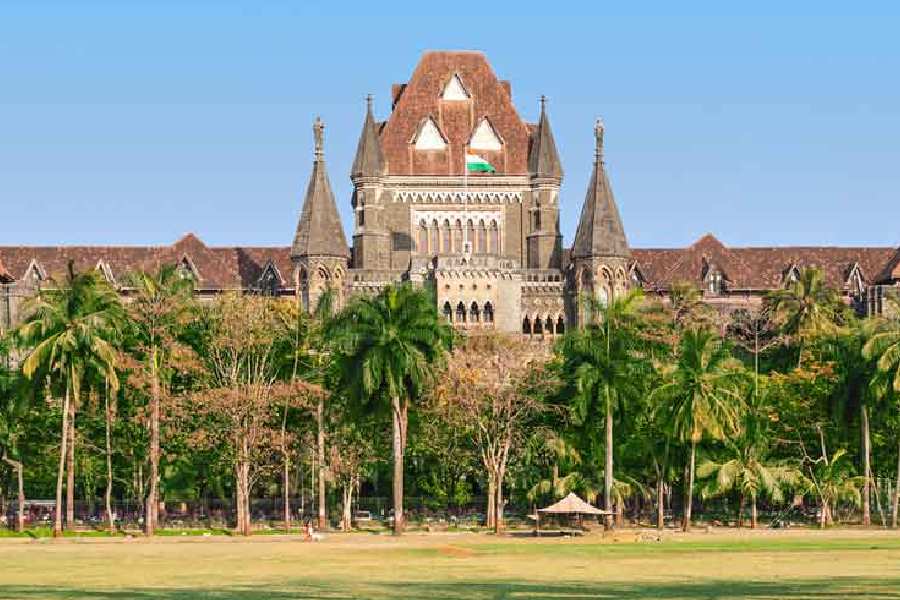


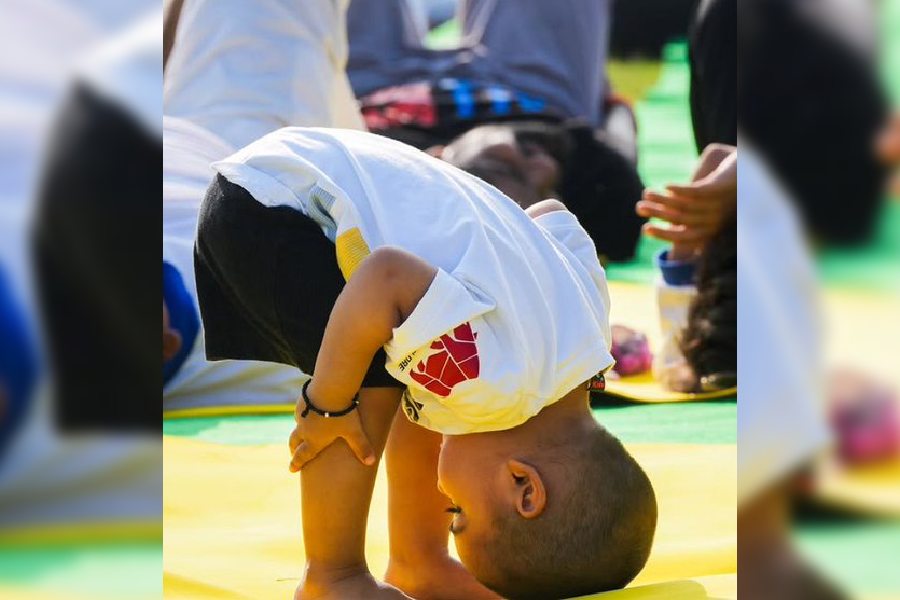

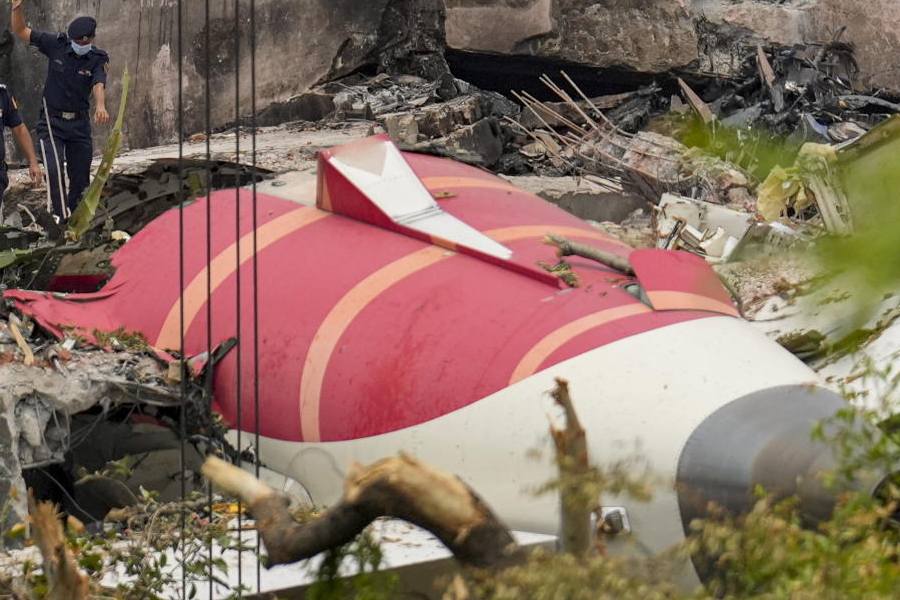
![Rishabh Pant, Sachin Tendulkar [in set]](https://assets.telegraphindia.com/telegraph/2025/Jun/1750511937_new-project-33.jpg)

